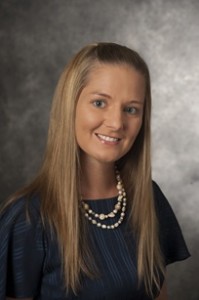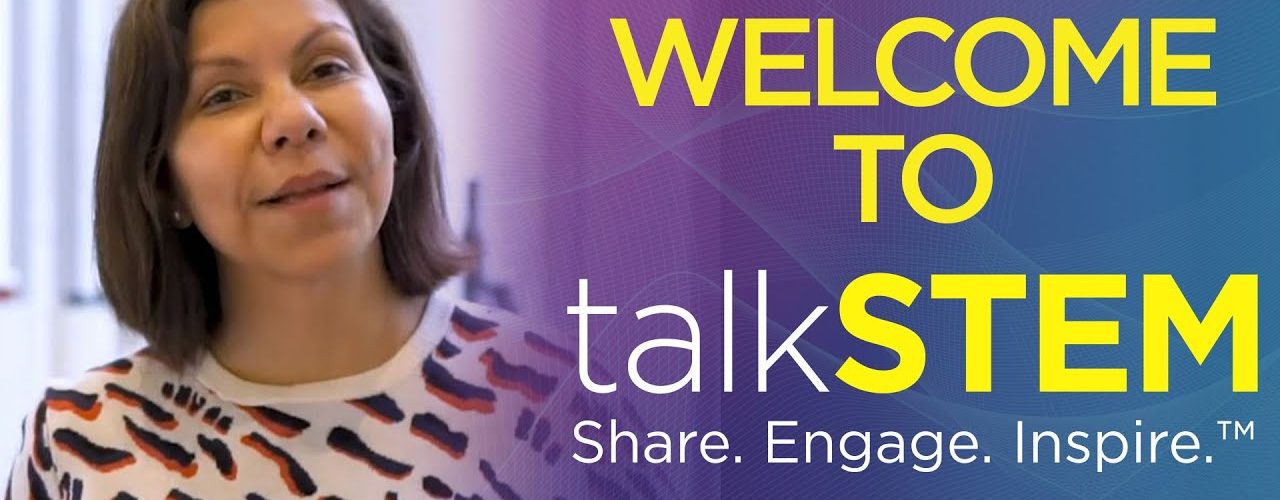

She explained what she meant by personalizing instruction: Personalizing means matching instruction with student interests and experiences especially their out-of-school interests like sports, movies, videogames. From our student interviews, we find their interests often have an algebraic component, for example, their score in a videogame or the way that things evolve in a favorite sport in terms of a constant rate of change, which is a really important entry point into thinking algebraically and using symbols and algebra and other representations.
So, we start with their interests and bring out algebraic relationships and then from there we write personalized tasks in math that are related to their interests in the most authentic ways we can manage. We then look at the impact of giving them those personalized materials both in the long term and short term. I’m not just interested in making math easier for students. I’m interested in providing them with an entry point to math such that they understand the big ideas – rate of change is one big idea. Once they understand the big ideas, they should be able to transfer it to any context, whether it’s attached to their interest or not. So in my studies we always look at it both ways – immediately, does having this connection make it better, and long term are they still doing better when the support is removed?
I can see most kids (and adults) appreciating math that connects with their worlds. Relevance really is so important in anything we teach!
In the recent study we wrote about in Journal of Educational Psychology, we waited for two months after the intervention and we found that having received the personalized math intervention helped them learn the new content (more advanced algebra content) faster.
In another recent study that we did, we looked at students’ final exams six months after the personalized math intervention and found that it had transformed their interest in learning math in general. Research shows that increase in interest and engagement impacts course-taking and career paths.
This reminded me of a study that Chris Rogers had mentioned to me, described in an earlier post, in which a math teacher found that using lego bricks to teach fractions, in the short term was not more or less effective than using traditional paper and pencil methods, but in the longer term, using lego bricks resulted in higher retention levels. If you transform student attitude towards learning a subject, then retention goes up because students remain more engaged.
Teacher Response to Personalized Math Instruction:


I’ve presented at teacher conferences and have an article in the journal, Mathematics Teacher, Nov 2014. Teachers tend to like the approach that goes along with their intuition of how students learn best. They’re always concerned with the logistics so in my article I specifically address how the logistics can be addressed as a teacher. Even if you don’t have access to technology that could help you to personalize, how you could do it on your own without a heavy burden in terms of lesson planning. One of the most important things is just getting to know your students and their interests which is good practice anyway. Personalization is usually most powerful when it’s used to introduce a new and challenging concept and when its used to introduce concepts that relate to students’ experiences. So we’re not going to be able to teach factoring by personalization in any meaningful way. Now concepts from algebra – percents, proportions, fractions – things that are really situated in student interests are good candidates for personalization.
So far, we have done studies on proportional relationships (6th grade), percents, proportions and Pythagorean Theorem (7th and 8th grades). I think that early concepts in algebra provide the most powerful possibility (for personalizing instruction) because it’s how many of their interests work. Thinking about how many followers they have on twitter (rate of change), for example. Early algebra is so critical to student chance of success in future math & science courses – it’s the gatekeeper.
Project based Learning: How to make It Effective?
Ironically, researchers have found that students taking project-based learning (PBL) engineering courses were not doing better in math and science courses, as one would expect. For some reason, their higher levels of engagement were not transferring over. This seems very strange and worthy of further exploration…
First, what is PBL?
I worked with the project-based learning course in the UTeach program at UT Austin and use an understanding of PBL framed around the notion of a Legacy Cycle. This is where you brainstorm, then discuss with experts, then you create a plan, you create something, you revise it, and you go through these continuous cycles of feedback and revision – all organized around a driving question.
In our study on PBL, we looked at the content of these courses and we saw that the math and science were embedded in these PBL courses. However, the curriculum didn’t always make it explicit. It didn’t always call it by its proper name, like this is a proportion that we are setting up here. We looked at videos of teachers in engineering classes and in geometry classes. Both had PBL components and we wanted to see the differences between successful and unsuccessful teachers in implementing PBL. What we found was that the successful teachers were very active in making the connections between what was going on in the project and the academic concepts that students would be responsible for in their class. The teachers would use different instructional moves to make the concepts explicit as they came up. For instance, if students are building a bridge, different things are happening as they test their bridges. What they are doing and what’s happening in their project is tied up with concepts in physics related to tension and compression but in a bridge project no one might ever mention that to them. They could build a bridge and figure out all these things informally but they’ll never know the correct names for them, they’ll never know the equations that underlie them. What the successful teachers said is that they made that explicit all along the way, they didn’t let students get lost. It definitely took a lot of expertise on the part of the teacher. The teacher had to have the mathematical knowledge, know the math concepts and make it clear. The teacher also had to have the pedagogical knowledge – it was not enough to just point it out to students. The teacher has to facilitate a conversation about what the connections are and students and the teacher have to generate the understandings together rather than the teacher informing them. It took a lot of skill and was difficult to do. Also, the curriculum could have drawn the attention of the teacher to highlight a certain concept but it often didn’t. We saw the limitations of the curricula and teacher practices as the main reasons why PBL had not been effective in our contexts. There were also definitely teachers who did it well and when we saw them, we saw more engaged students who retained more knowledge.
The Gates Foundation in Dallas Independent School District (DISD) is funding personalized learning schools. They have funded 8 and many of these are going to be focused on PBL as well so I’m going to be doing trainings with them on implementing projects in their math and science classes.
Stay tuned for more about Candace’s research and how it connects to learning math at home or in the classroom.
About Candace:
Dr. Candace Walkington is an Assistant Professor in Teaching and Learning at Southern Methodist University, specializing in mathematics education. She holds a B.S. and M.S. in Mathematics from Texas A&M University, and she is a former NSF-GK12 Fellow and college mathematics professor. She received her Ph.D. in Mathematics Education from University of Texas at Austin.
Click here to see Candace’s website








Add comment